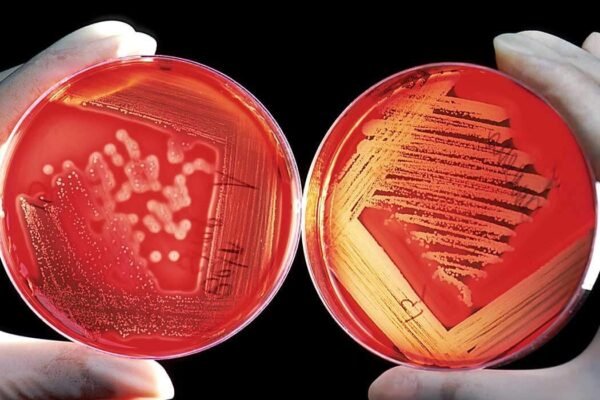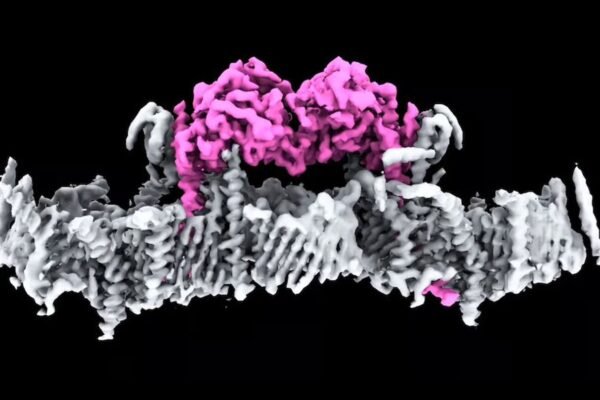
Sperm Counts Are Declining Worldwide: Uncovering the Causes and Solutions
Researchers are unraveling the mystery behind plummeting sperm counts—and exploring innovative ways to reverse this alarming global trend. In recent years, a concerning trend has emerged on the global health stage: sperm counts are declining at an unprecedented rate. Studies indicate that over the past few decades, average sperm concentrations have dropped by more than…









